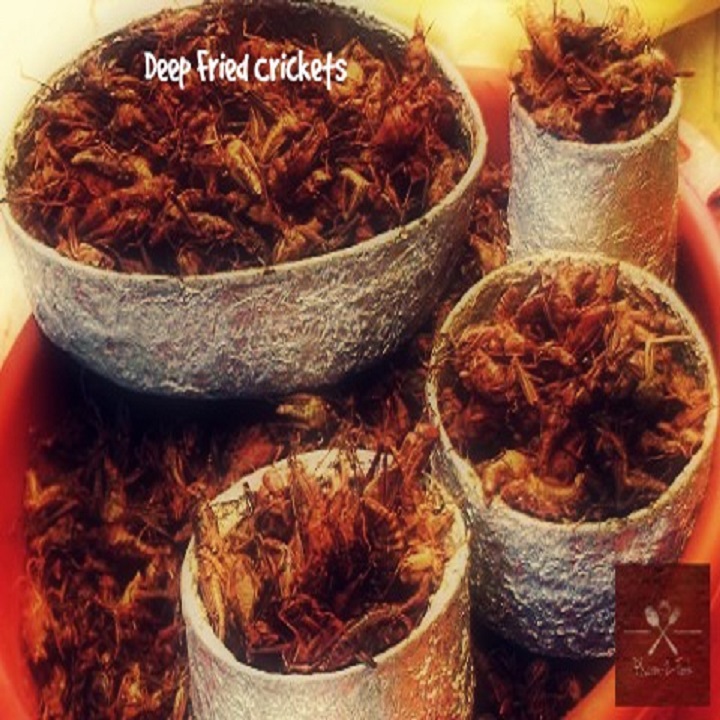
If the only insect you’ve ever considered eating was the worm at the bottom of a tequila bottle you’ve been missing out on a valuable source of protein. Entomology or insect eating is popular in many countries and gaining a small movement in Europe. Insects are more nutritious than other common forms of protein; you can get 20 g of protein from 100 g of grasshopper and 6 grams of fat, versus 29 g of protein in 100 grams of top sirloin beef which also contains an additional whopping 21 grams of fat.
You might still be inclined to call pest control when there are termites in the house, but in Ghana, where food is in short supply during certain seasons of the year, termites are fried roasted or even ground into flour. In Thailand deep-fried crickets are popularly sold as a snack at outdoor markets.
In Mexico you can find French fried caterpillars, as well as the already familiar to us worm in the mezcal which is actually a larval form of a month. In certain parts of China all sorts of insects are eaten, from boiled water bugs to scorpions. In Australia, the indigenous cultures have been eating insects for protein, by cooking moths in the sand.
There is a small steady movement in the Netherlands attempting to bring insect eating into mainstream. Chef Johan Van Dongen cooks up Bug Sticks and Bugs Nuggets at a market there. Mealworms crickets and locusts are sold in plastic containers for snacking.
The bugs are being sold at the market alongside more conventional protein sources of steak and poultry. But Chef Johann hopes to convince the Dutch that this healthier source of protein will be easier on the environment, and a tasty alternative. The mixed response is abhorrence and acceptance.
At the market it was observed that children tended to have less of an instinctual revulsion and were more likely to be open to tasting. Insect farmers Roland and Michel Van De Ven have been farming insects in the Netherlands since 1995, as an alternative source of protein for consumers, and it is also much easier on the environment.
(New York Times 3/14/2011) It maybe a few years or decades before this becomes popular as a mainstay, in the meantime there's always the traditional beans. Beans with the highest amount of protein are cooked soybeans which have 28.62 grams and edamame has 22.23 grams of protein in a 1-cup serving, (which is about equal to the protein you'll get from a 3-ounce serving of meat) Remember to try to find a non GMO organic source of beans.The 'New' (Creepy Crawly) Protein
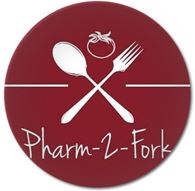

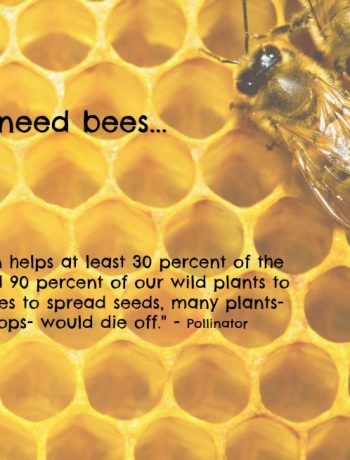
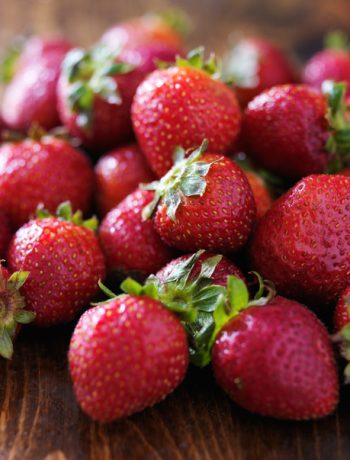
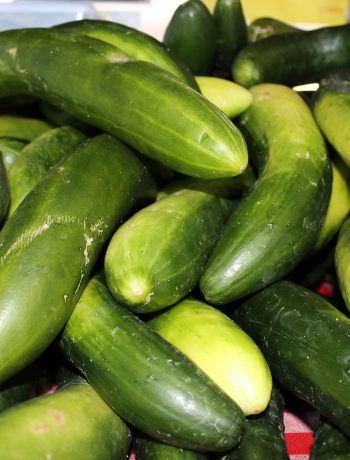
No Comments